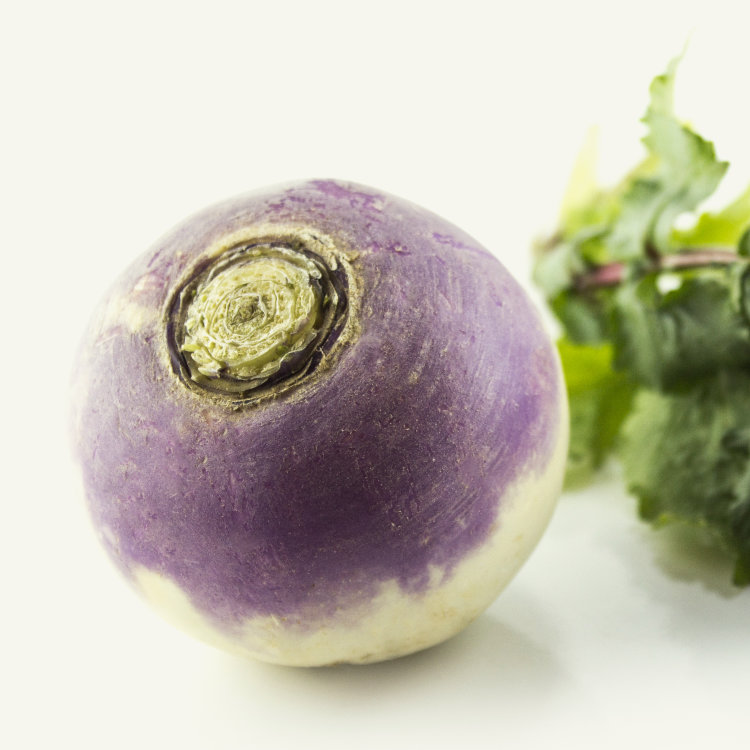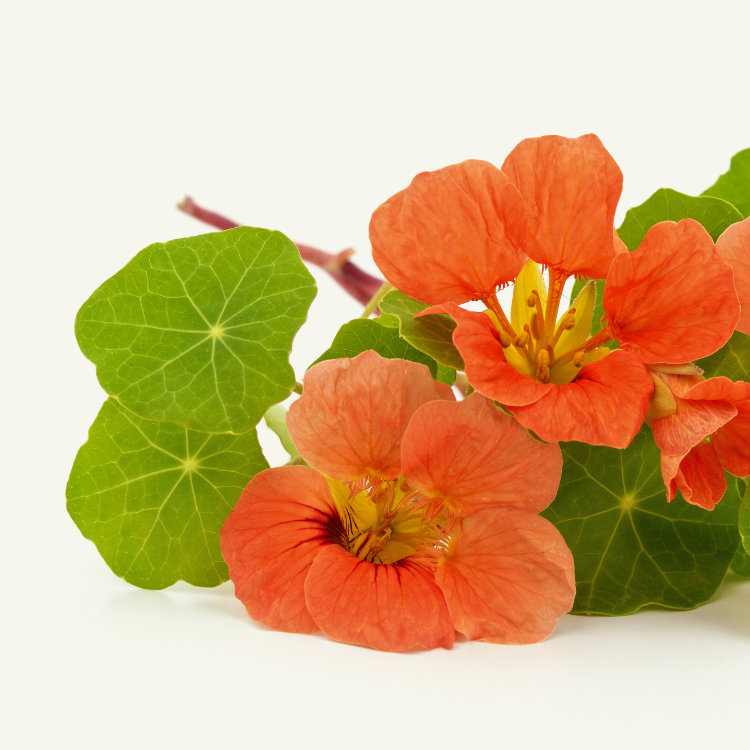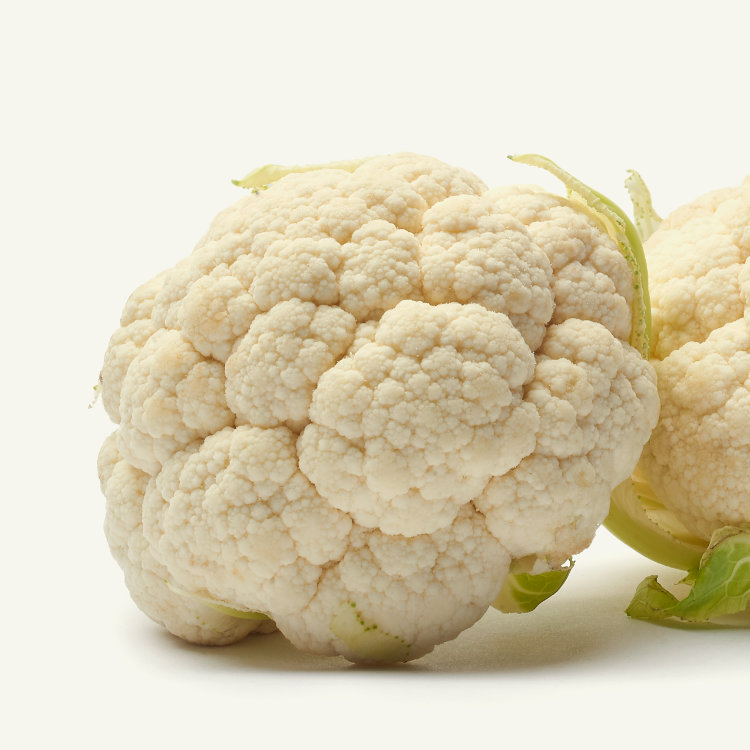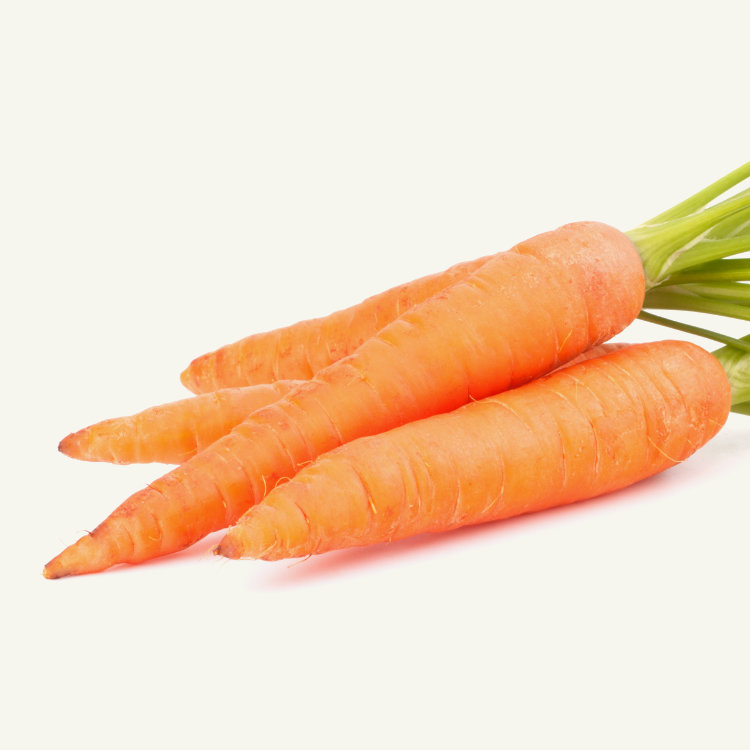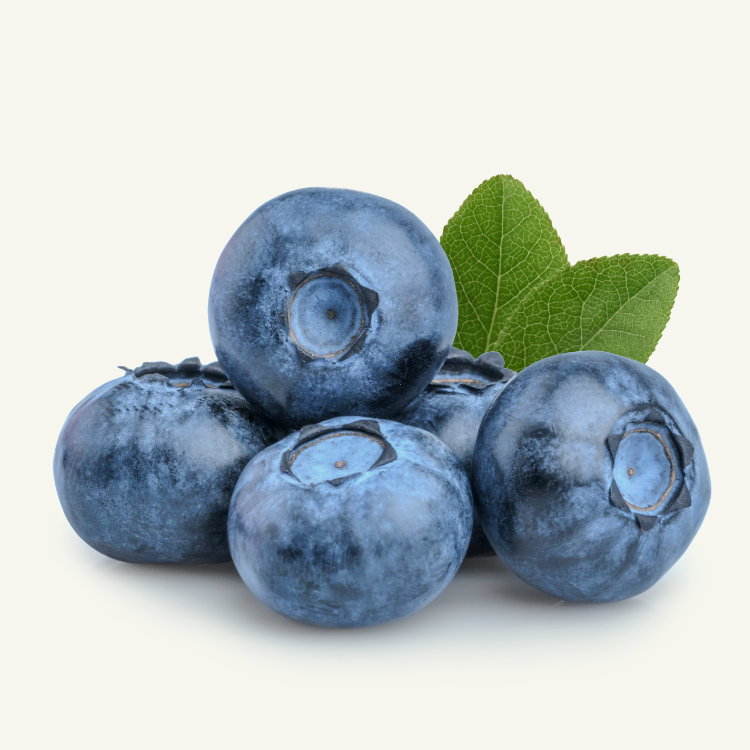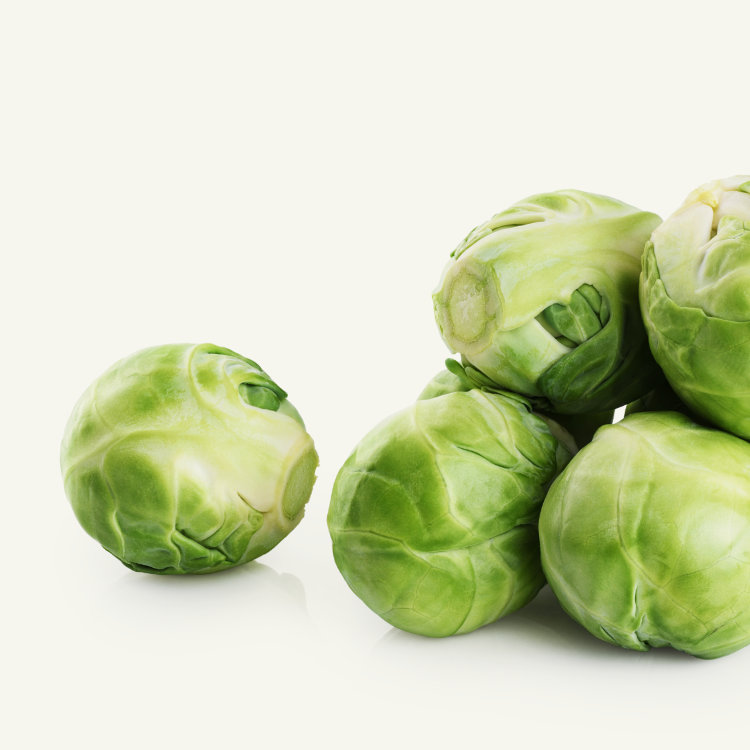Description
Turnip, Brassica rapa subsp. rapa “Sweet Bell” (a cultivar of field mustard), is a biennial herbaceous plant usually grown as an annual crop and harvested in the first growing season.
They are cool-weather vegetables so the best time to sow turnips is spring or autumn.
Its edible root is used for both human (small, tender varieties) and animal (larger varieties) consumption. They can be eaten raw or cooked.
Characteristics
Plant
Type
Herb
Life
Cycle
Annual
Biennial
Plant
Height
30–90 cm
(12–36 in)
Plant
Spread
20 cm
(8 in)
Biodynamic
Group
Root
Plants
Hardiness
Zones
USDA 2-7
RHS H7
Turnip greens (the dark leafy green tops of turnips) are also edible. They have a healthy dose of vitamins, minerals, and antioxidants with many health benefits.
Growing Conditions
Sunlight
Full sun + part shade
Water
Moist well drained
Soil
Loam, clay, sand.
Fertilization
Moderate
PH
6.5 to 7.0
Culture Guide
Propagation
By seed
Deep
1 cm
(0,39 inches)
Space
10 cm
(20 inches) between plants
Distance
30 cm
(12 inches) between rows
Calendar
JANUARY
FEBRUARY
MARCH
APRIL
MAY
JUNE
JULY
AUGUST
SEPTEMBER
OCTOBER
NOVEMBER
DECEMBER
Unfavourable. Sow/Plant Sow/Plant/Harvest. Harvest.
Sowing, planting, and harvesting times are region and hardiness zone-dependent. Please adjust dates according to country and crop used.
To know the best times for indoor seeding, outdoor sowing, planting, and harvest, please consult our gardening calendar.
Pairs
Companion planting is an excellent method to maximise space, improve pollination, deterring pests, prevent diseases, and improve growth.
Discover what crops can you use for better results, and the ones you should avoid.
Positive
Absinthe
Carrots
Lettuce
Onion
Beet
Celery
Dandelion
Aubergine
French Bean
Asparagus
Garden Pea
Nasturtium
Tomato
Spinach
Negative
Strawberry
Cabbage
Cucumber
Radish
Garlic
Brussels Sprouts
Pests and Diseases
Turnips are easy to grow and very resistant to pests and diseases. They can nevertheless suffer from a range of problems.
Some of the most common are Alternaria leaf spot, anthracnose, black root, Cercospora leaf spot, downy mildew, turnip mosaic, cabbage aphid, flea beetles, wireworms.
Prevention and Control
Prevention and control methods depend mostly on the pests and diseases affecting your plants. Weather, soil, and the surrounding environment can also promote or demote plant problems.
For the most common issues, you can use horsetail decoction, neem oil, and Bacillus thuringiensis.
Nutrients
Energy
Carbohydrates
Water
Average nutrition values per 100 g. of edible portion.
Percentage of daily values based on a 2000 calorie diet.
Health Benefits
Turnips have excellent levels of vitamin C, potassium, manganese, and sodium. It also has a considerable amount of dietary fiber – 1,8 g, 7% of the daily needs. Turnip greens are very rich in calcium.
It is a low-energy vegetable but nevertheless, full of health benefits. Some of the most relevant are: preventing cancer, enhancing cardiovascular health, supporting healthy bones, and supporting the immune system.
You may also like to know more about

